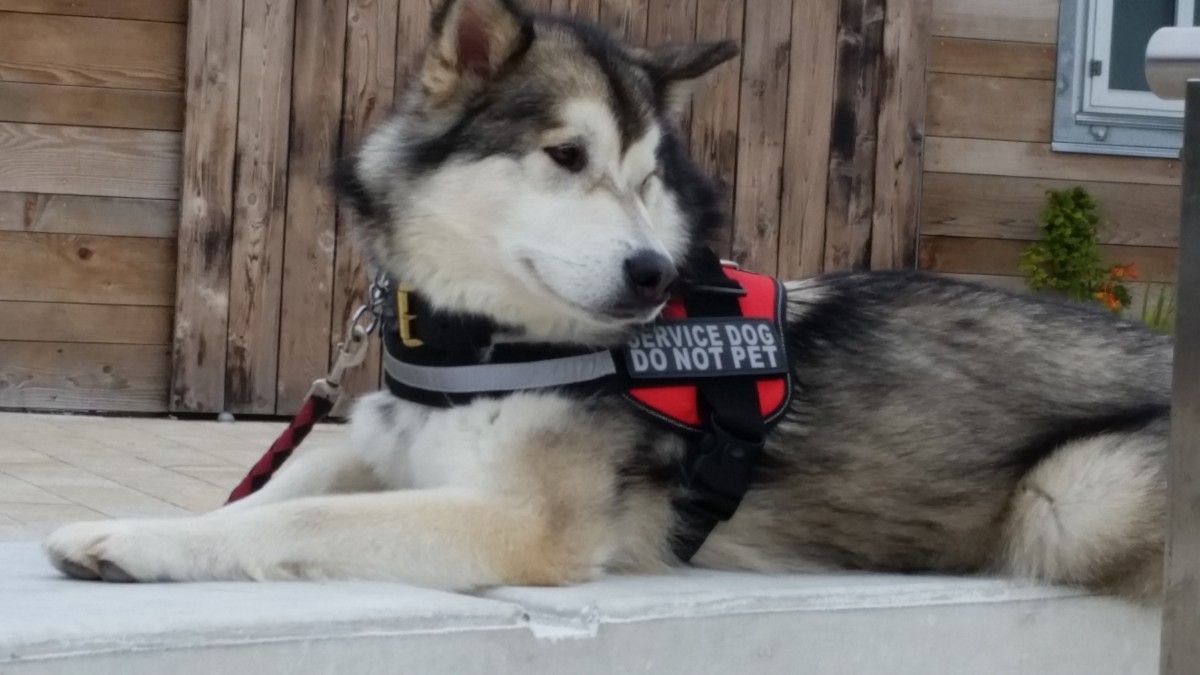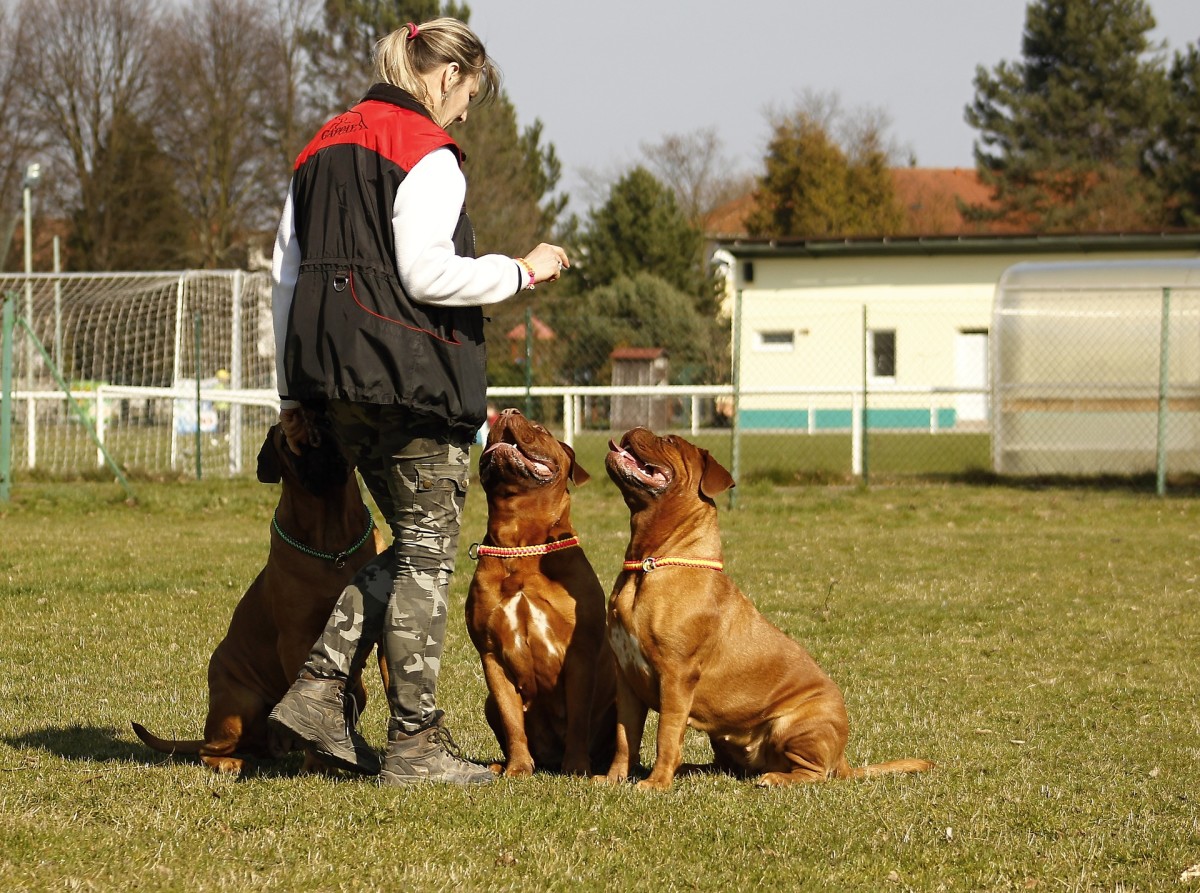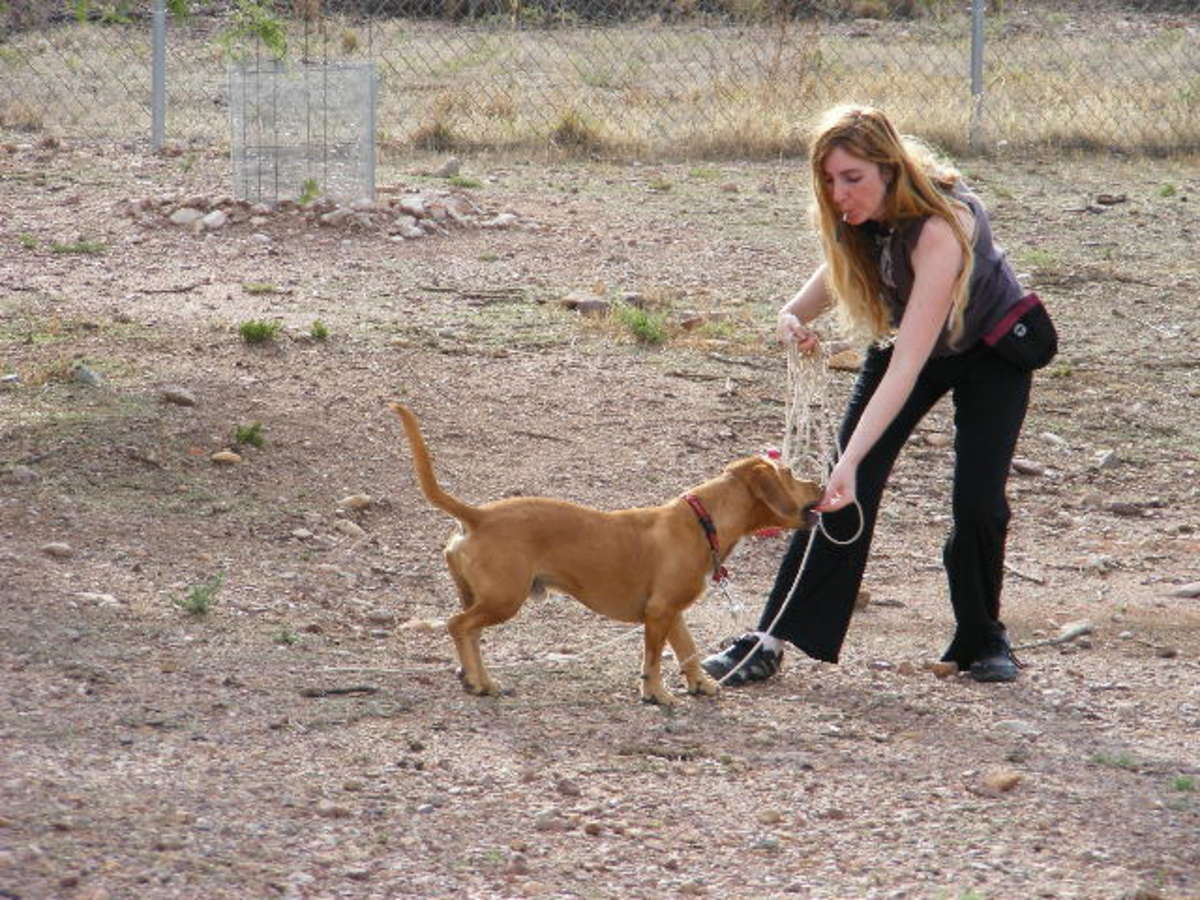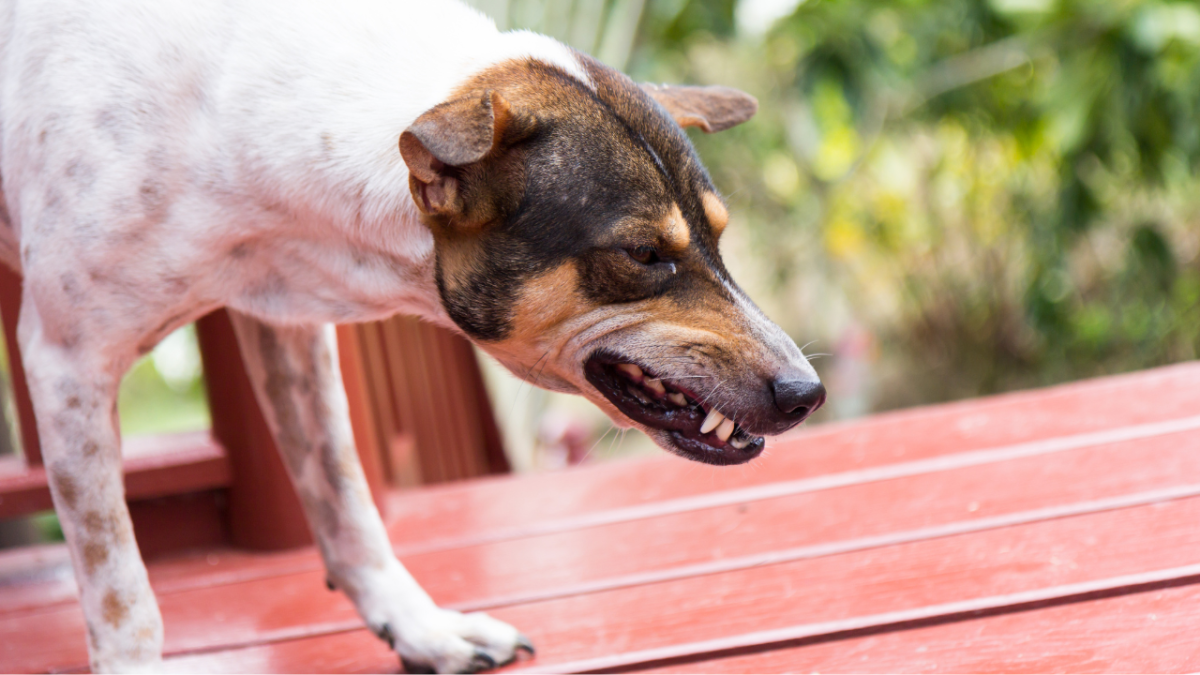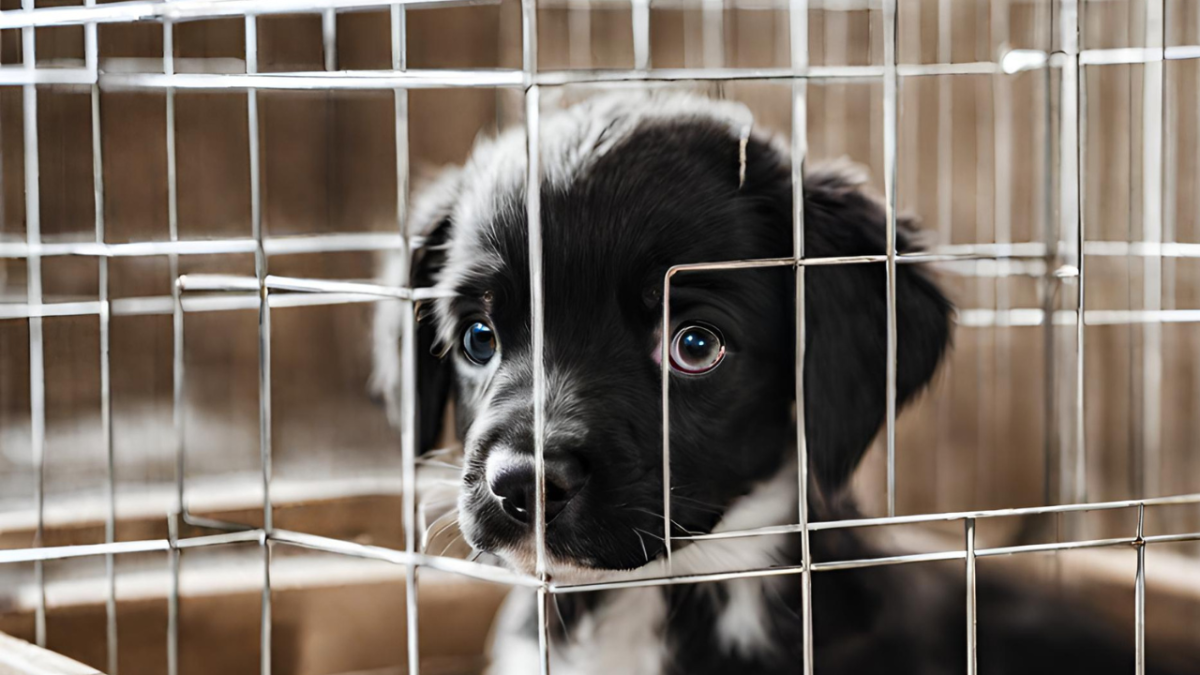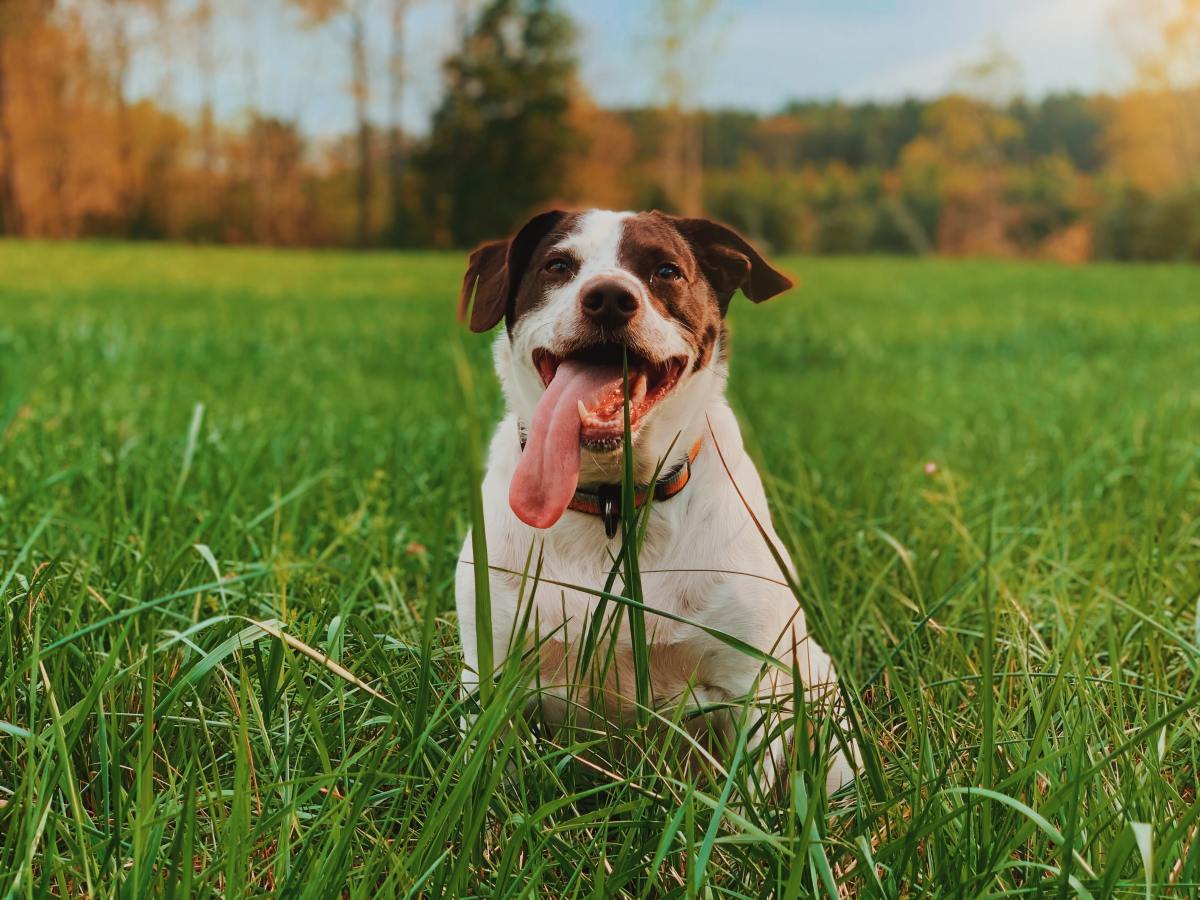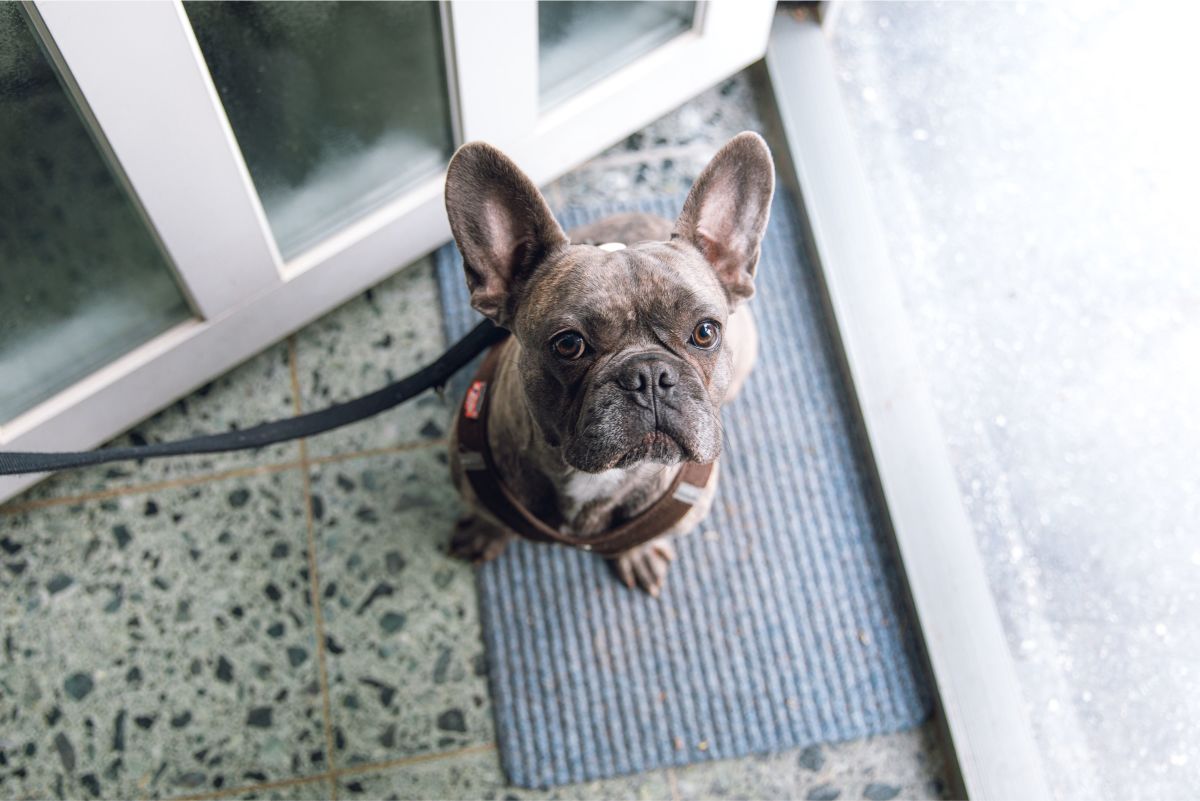Dog Training Signals
What Kind of Signal
A learned signal, or a discriminative stimulus, can be anything the subject is capable of understanding. A trainer can use flags, lights, or words as a learned signal. A signal is used to cause a behavior to occur. For example, sheepdogs are usually trained with hand signals and voice commands, which tell them which direction to go.
In a working situation, all the subjects should be taught the same signal. All over the world, horses go forward when the rider kicks the ribs, and they halt when their reins are pulled. No matter where in the world a camel trainer is- New York or Asia- he will use the word "couche," pronounced "coosh," to tell the camel to lie down.
Magnitude
The magnitude of a signal or a learned cue doesn't have to be of any particular volume or size to get the desired results. The signal just has to be recognized by the subject as to get the full response
Fading
Once a signal is learned, the trainer can make it smaller and smaller, until it's barely seen by an onlooker. Clever Hans, a horse in Germany, was said to be a genius. He was able to do arithmetic, spell words, and even do square roots by pawing the answers with his foot. Clever Hans's owner was a retired schoolteacher, and he thought that he had truly taught the horse to read, think, and do math. Many learned men traveled to Berlin to study the horse; all but one was convinced that he was a genius. One psychologist, eventually was able to demonstrate that Clever Hans was being cued when to stop pawing at the ground. When the horse reached the correct answer, the owner or the questioner would raise his head. This movement was originally accentuated with a broad-brimmed hat the owner wore. Over time, the schoolteacher was able to rid himself of any hat and just raise his head. This cue was almost impossible to notice and hard to suppress, but it was all that Clever Hans needed to know when to stop pawing
Types of Signals
NO REWARD MARKER (NRM)
This signal tells the subject that the behavior it is performing will not gain it a reinforcer. Many trainers use words- "Wrong," "Nope"- as the NRM.
KEEP GOING SIGNAL (KGS)
The keep going. For example, when teaching a dog to roll over a trainer can use a KGS to tell the dog that it's close the desired behavior once it gets on its side. A KGS is not an end sign, but a keep going. The KGS doesn't have to be directly linked with a primary reinforce. Trainers start by inserting it somewhere before the end click of a clicker, and the subject will soon realize that the behavior, if continued, will lead to the reinforcer. The signal tells the subject information without causing a break in the behavior.
CONDITIONED AVERSIVE SIGNAL
This signal tells the subject what he is doing is wrong and something bad will happen if it is not changed. Sometimes a conditioned aversive signal can be more effective than treats. For example, many cats are unresponsive to shouts, but when "No!" is used as the aversive signal, the cat will stop clawing the couch. Reprimands are necessary when training.

